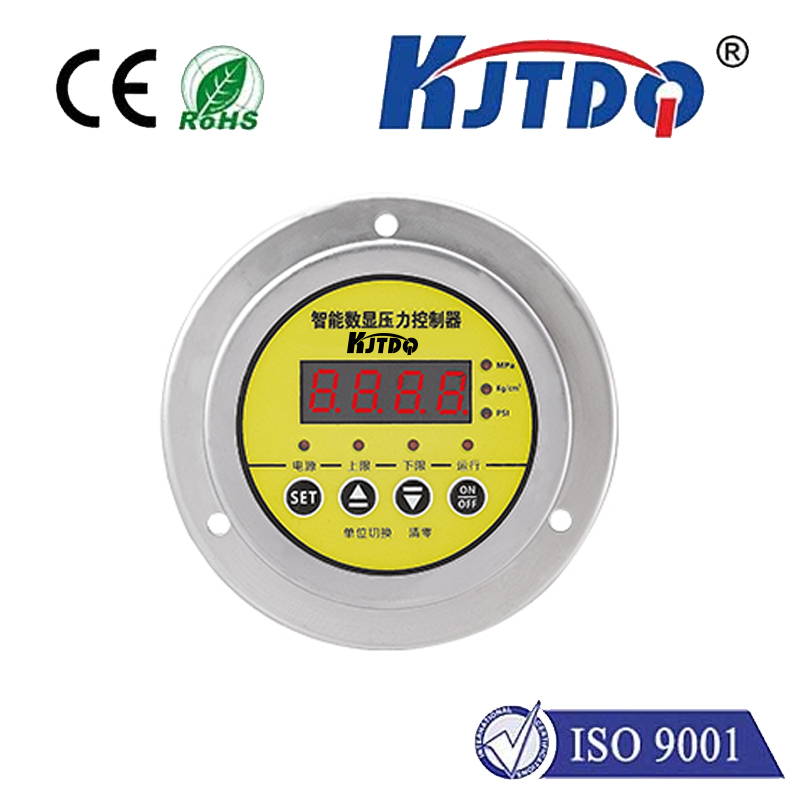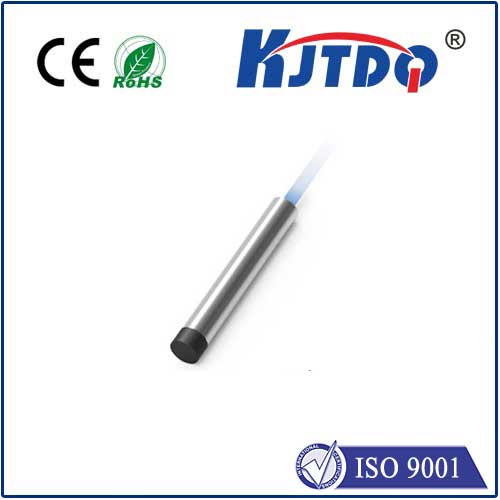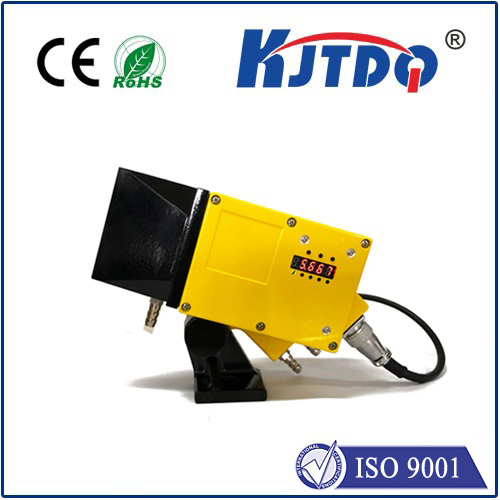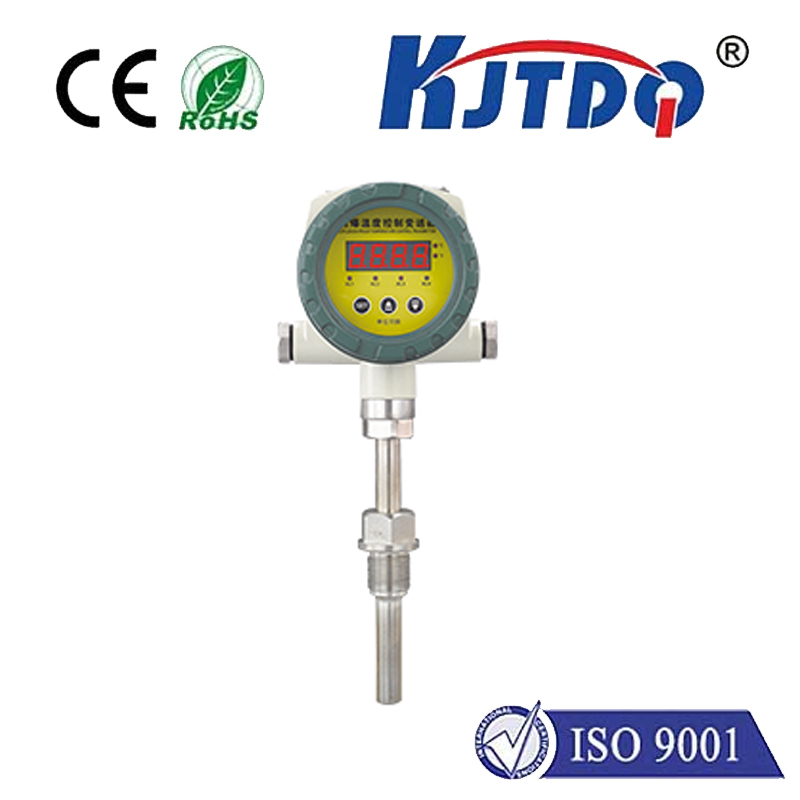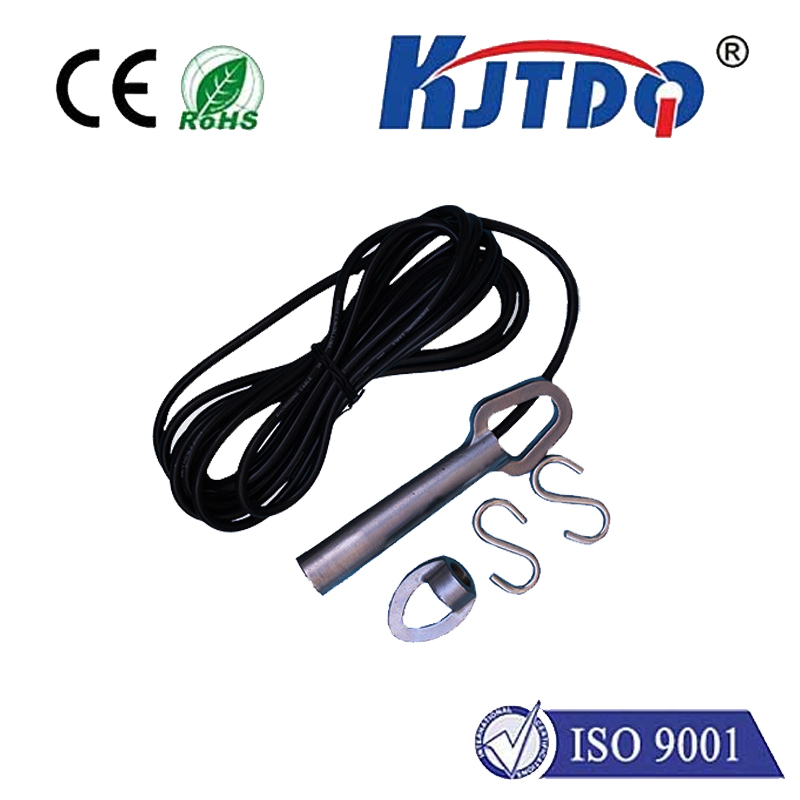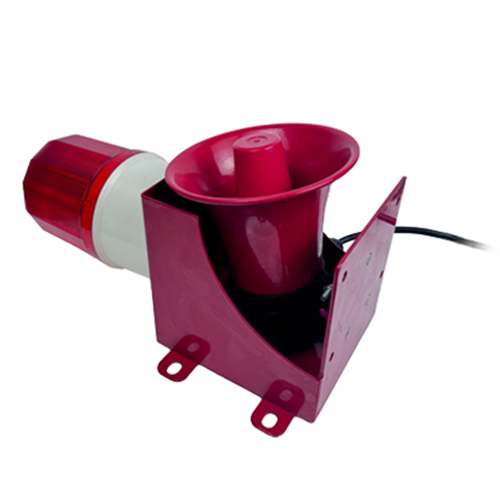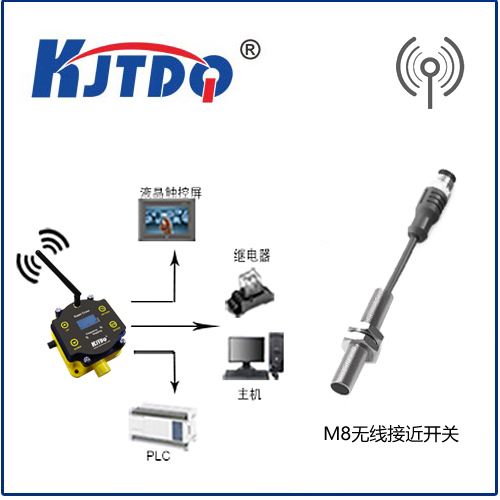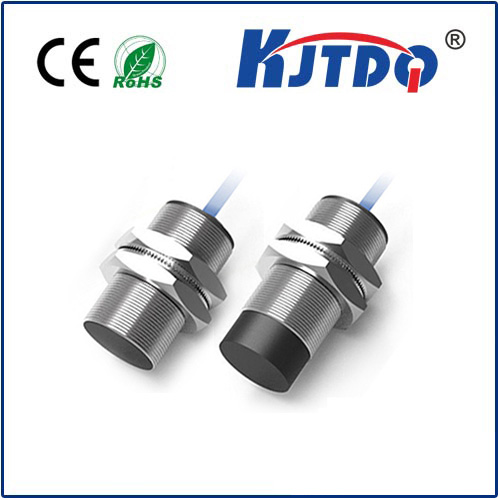

check

check

check

check

check

check

check

check

check

check
Title: Understanding the Capacitive Limit Switch and Its Applications
Introduction to Capacitive Limit Switches
A capacitive limit switch is a type of electrical switch that relies on capacitance rather than mechanical or electrical contacts to open and close. These switches are commonly used in various applications, including motor control, sensor feedback, and power supply protection. In this article, we will delve into the working principle of capacitive limit switches, their advantages and disadvantages, and some common applications.
Section 1: Working Principle of Capacitive Limit Switches
Capacitive limit switches operate based on the phenomenon of capacitance change when an electric current is applied to two parallel plates. When the current flows through one of the plates, it creates a region of higher capacitance between the plates. This higher capacitance attracts a metal lever attached to the other plate, causing it to move and thus switching off the circuit. The movement of the lever depends on the value of capacitance between the plates.
Section 2: Advantages and Disadvantages of Capacitive Limit Switches
One major advantage of capacitive limit switches is their simplicity and reliability. They do not require any mechanical components or moving parts, making them less prone to wear and tear compared to other types of switches. Additionally, capacitive limit switches can operate over a wide range of voltages and currents, making them suitable for use in various industrial and commercial applications.
However, capacitive limit switches also have some limitations. One major disadvantage is their sensitivity to noise and interference, which can cause false switching or malfunctioning of the system. Additionally, they may have difficulty operating in high-voltage or high-current applications due to the risk of damaging the metal lever.
Section 3: Common Applications of Capacitive Limit Switches
Capacitive limit switches are widely used in a variety of applications, including:
1. Motor control: Capacitive limit switches are often used as motor stop switches to prevent motors from continuously rotating once they reach a certain speed or position.
2. Sensor feedback: Capacitive limit switches can be used as sensors to detect the presence or absence of a specific object or material, such as in conveyor systems or quality control processes.
3. Power supply protection: Capacitive limit switches can be used to monitor the power supply voltage and prevent overvoltage or overcurrent conditions, which can damage sensitive electronics and equipment.
Conclusion
In conclusion, capacitive limit switches are versatile and reliable electronic switches that rely on capacitance instead of mechanical or electrical contacts. While they have some limitations due to sensitivity to noise and interference, they offer many benefits in terms of simplicity and adaptability. With their widespread use in various industries and applications, capacitive limit switches are an essential component for many modern electronic systems.
